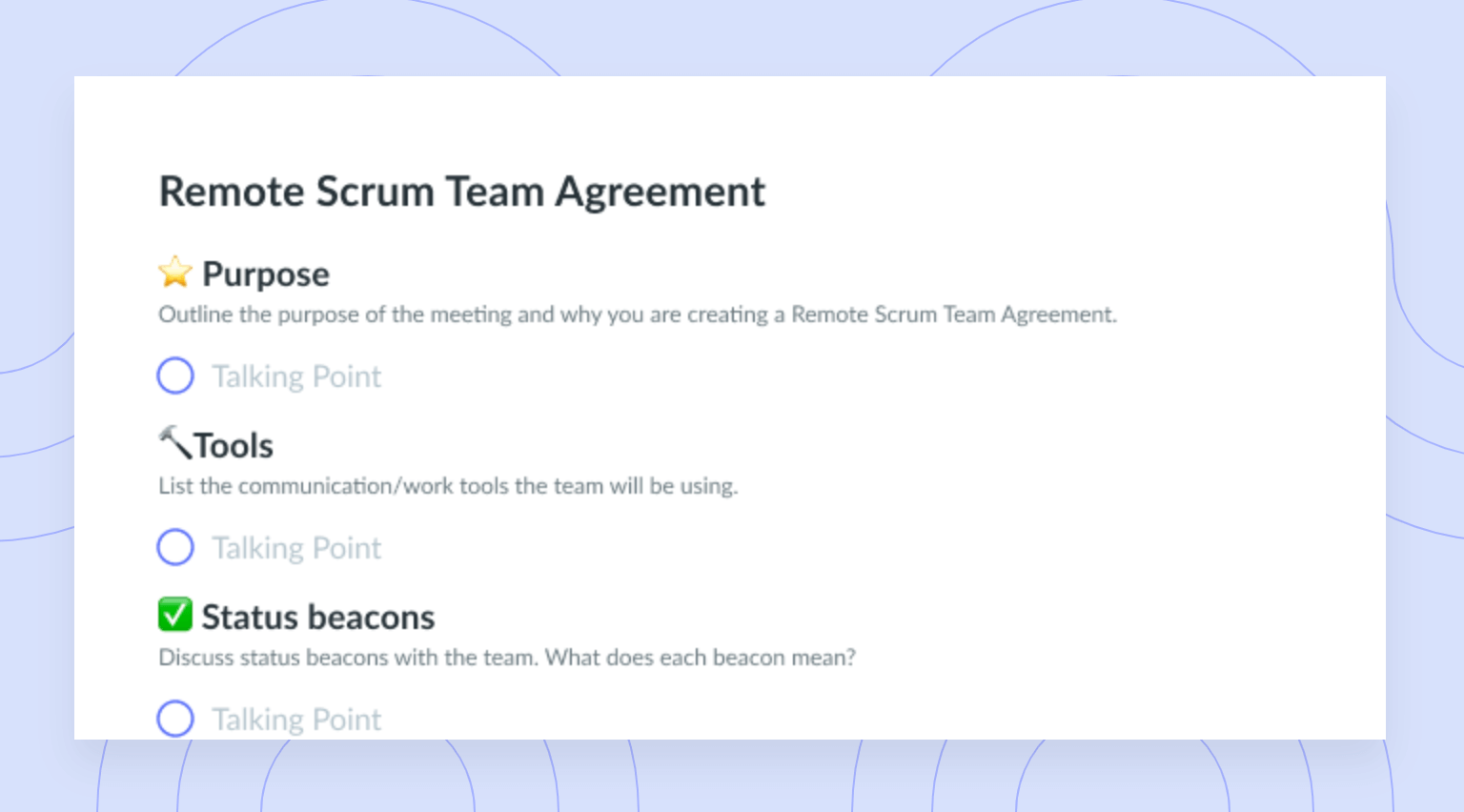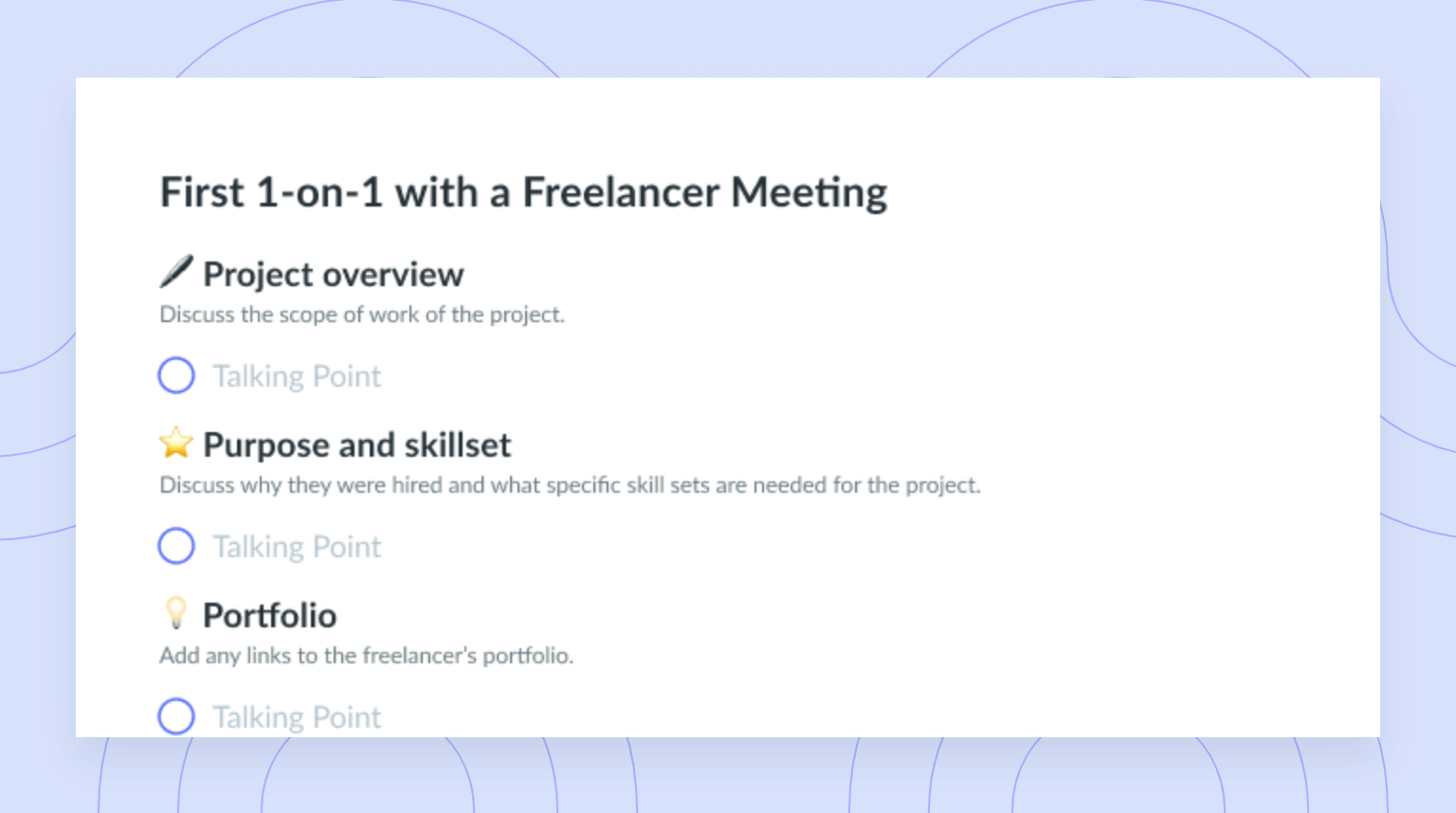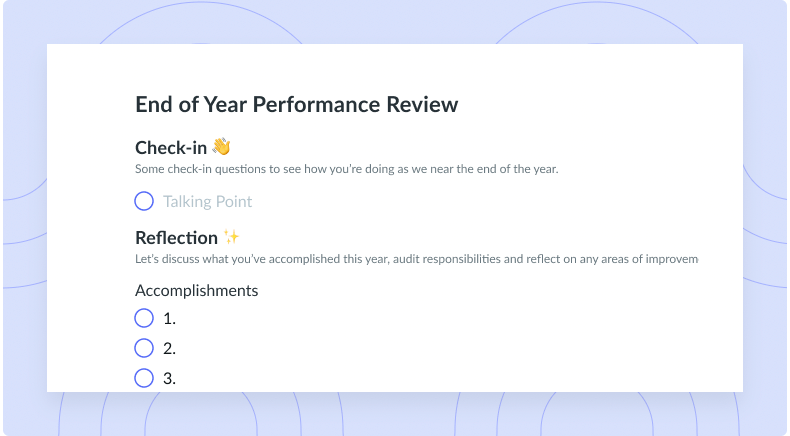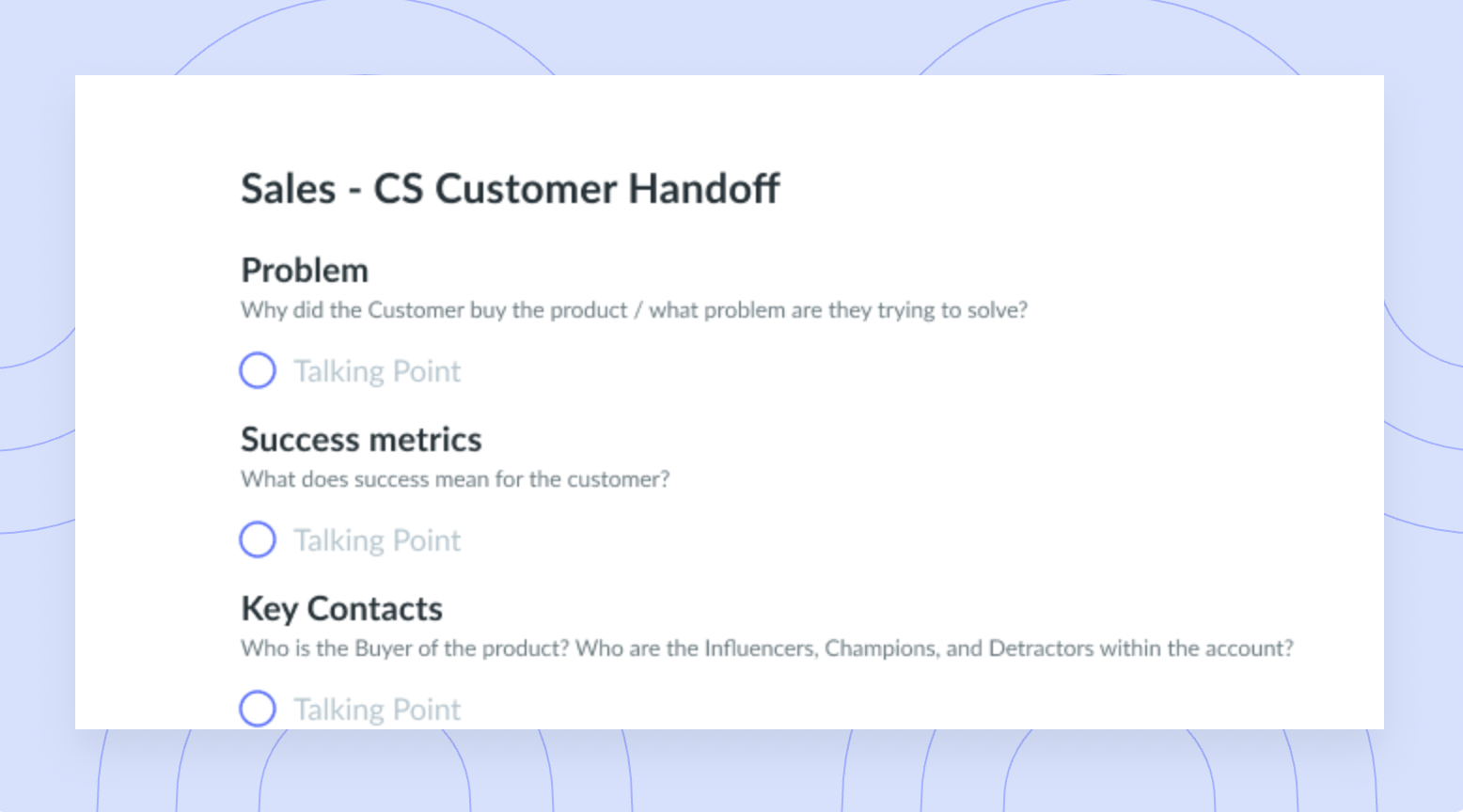Formal vs. Informal Meetings: What Are the Key Differences? [+ FREE Templates]
Knowing whether to hold a formal or informal meeting can set your team up for success. Learn the difference and use our free templates.
The start of your workday probably looks similar each day.
After responding to emails, you likely check your calendar to see what’s in store for you that day. Of the handful of meetings you may have on any given day, how many are formal and how many are informal? Can you tell the difference?
Let’s break them down.
- What are formal meetings?
- What are informal meetings?
- Key differences between formal vs. informal meetings
- Free formal meeting agenda templates
What are formal meetings?
Formal meetings are a chance for top team members or the entire organization to get together, discuss critical action items, and make an impact. They present a time and place to make important decisions about the company without being distracted.
Think of board meetings, management meetings, all-hands, and shareholders’ meetings where a formal agenda and supporting documents (like a spreadsheet or slide deck) are distributed beforehand. These meetings take place with a purpose, typically to achieve a common, stated objective.

Formal meetings worth showing up to
Host productive formal meetings with a collaborative agenda that results in action items. Try Fellow for your next formal meeting!

Formal meeting characteristics:
Formal meetings typically have certain characteristics. These meetings:
1. Follow a meeting agenda: First and foremost, a formal meeting will always have and follow a meeting agenda. This meeting outline will include main themes, talking points, supporting documents, decisions, and action items. When teams use a tool like Fellow, an agenda never gets forgotten thanks to how easy it is to collaborate on agendas, assign action items, and ask for meeting feedback. Fellow also offers a variety of free agenda templates that will be perfect for any type of formal meeting.

2. Are organized and planned in advance: When formal meetings are held, they won’t ever be off-the-cuff or spur of the moment, but instead, they are always organized and planned in advance. They take time to plan so the right information gets discussed, a thorough meeting agenda is in place, and the right people are in attendance. Formal meetings always have a designated date, time, and location—all planned ahead of time.
3. Assign meeting roles: Formal meetings always have assigned meeting roles. Before the meeting gets kicked off, organizer, host, time keeper, decision-maker, and note-taker roles are assigned. No one should be walking into a formal meeting surprised that they have a role or be assigned one at the last minute.
4. Have meeting minutes: In addition to meeting roles, meeting minutes also have a big part in formal meetings. These minutes are a written record of the conversations that took place and the decisions that were made during the meeting. This record of actions, decisions, and deadlines can be used as a reference point for future meetings, to help catch up absent attendees, and to hold people accountable for the discussion.
What are informal meetings?
Informal meetings are much more casual and have fewer rules and stipulations than formal meetings. The only rules that are present are ones your organization already has in place, like being respectful of one another’s opinions and not talking over one another. For these meetings, think progress updates, team check-ins, one-on-ones, team bonding, and brainstorming sessions.
Informal meetings are actually the vast majority of meetings taking place each day at any organization.
Informal meeting characteristics:
When an informal meeting takes place, you’ll likely notice a different set of characteristics. Namely, informal meetings:
1. Have no assigned meeting roles: For informal meetings, it’s okay if meeting roles aren’t assigned. Because these meetings are more laid-back than formal meetings, they can be expected not to have predefined roles as they get started. The host may ask someone to take notes last minute, or there can be more than one decision-maker present.
2. May take place anywhere: An informal meeting may take place anywhere—from a small huddle room to the office kitchen. They can also be quick chats in the coffee shop across the street from the office, huddle rooms, or during a short-and-sweet video meeting. Because the location doesn’t have to be a stuffy conference room, these meetings can be made fun since you can get creative with the setting.
3. Are typically unplanned: An informal meeting is the type of meeting that can happen when a coworker asks, “Hey, do you have a couple of minutes to talk about this project?” or when a manager gathers their team last minute to discuss a change or new course of action. These meetings are typically unplanned and are likely not on your calendar. While this spontaneity can be a positive, it also means that, since the meetings are unplanned, you may have to be available with very little heads up.
4. Are a problem-solving opportunity: Problem-solving is a major part of any organization, and sometimes problems pop up out of nowhere. Just because these meetings present an opportunity to problem solve in an informal setting doesn’t mean they’re not important. They should help reduce roadblocks as they come up and present a clear path forward regarding any obstacles.
5. Give team members a space to share their ideas: Think of an informal meeting as a safe space to get some new ideas on the table. Whether the meeting involves a brainstorming session about what the team does right and what needs to be improved or an off-the-cuff huddle to discuss a project, it’s a great space to get some free-flowing and fresh ideas on the table.
Key differences between formal vs. informal meetings
There are some key differences to understand between formal and informal meetings. Essentially, there are four main differences between the two that can help you understand which type of meeting you should hold.
1Planning required
One of the main differences between formal and informal meetings is the amount of planning required ahead of time. While a formal meeting often needs meticulous planning—from finding a date, time, and location that works, to putting in the work to create presentations, outlining an agenda, and assigning roles—an informal meeting needs a lot less preparation ahead of time.
2Accountability fostered
There’s also a different level of accountability for both types of meetings. When you attend a formal meeting, there’s a higher level of accountability. Since these meetings are designed for action and typically centered around important conversations and decisions, everything that is decided upon gets recorded. Taking meeting minutes is a must, and there’s no confusion regarding what was discussed, who brought up an idea, and who is assigned which responsibility moving forward.
But, with informal meetings, because the conversation can sometimes be more casual and topics can be less crucial, there’s often less accountability. When decisions are made, they can be made by a simple raising of hands to vote on one idea versus another. What was said and discussed doesn’t need to be recorded with such diligence.
3Roles of meeting participants
Another key difference is the roles of meeting participants. A formal meeting will have key roles assigned ahead of time. There will be an organizer, a note-taker, a host, and a decision-maker present. Everyone knows their roles ahead of time, and there are no surprises. With an informal meeting, it’s likely that either roles aren’t assigned beforehand, or the roles are fluid.
4Meeting purpose
When understanding if it’s right to have a formal or an informal meeting, ask yourself what the purpose of the meeting is. On one hand, the purpose of a formal meeting is usually higher stakes with more important action items and discussion points being part of the conversation. These items or points can be big-ticket items like narrowing down a budget or setting company-wide goals for the new year. On the other hand, the purpose of an informal meeting can be lower stakes (but still important!), like catching up on the progress of a project or checking in with a direct report.
Free formal meeting agenda templates
Not sure how to structure your next formal meeting agenda? Check out these free templates to get it right every time.


Choose wisely
Both formal and informal meetings are necessary within an organization. Knowing which type of meeting to have can set both the conversation and the attendees up for success. Remember that most meetings will be categorized as informal, but when the conversation does call for a formal setting, it’s crucial to be prepared with an agenda.
![Watershed Framework: Fostering Effective Decision Making [+ Free Templates]](https://fellow.app/wp-content/uploads/2022/07/Watershed-Framework-2.jpg)



![How to Run a Delightful AGM [+ Free Template]](https://fellow.app/wp-content/uploads/2022/07/How-to-Run-a-Delightful-AGM-2.jpg)























